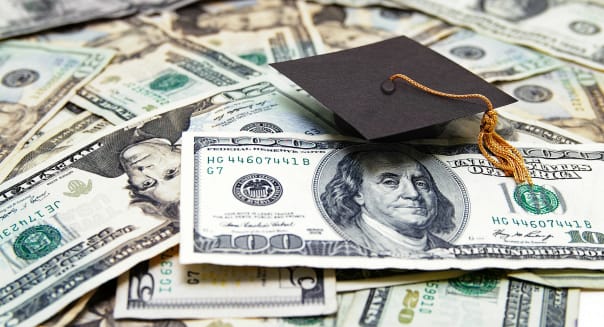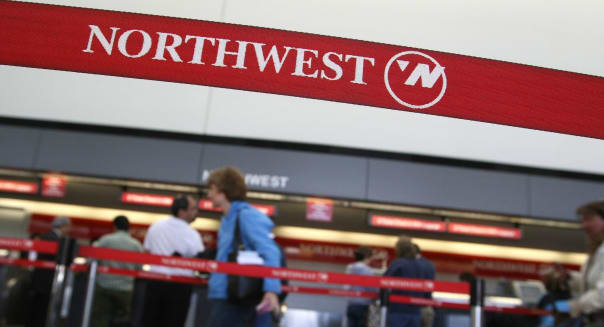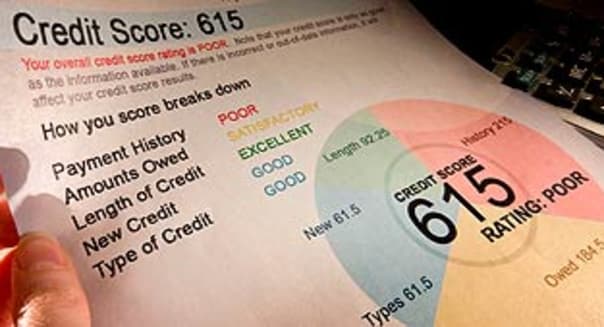Filed under: Company News, Banks, Financial Services, Scandals and Lawsuits

Led by large pension funds such as the State Teachers Retirement System of Ohio, the Ohio Public Employees Retirement System and the Teacher Retirement System of Texas, shareholders sued Bank of America for a litany of sins. Not least among them was a claim that the bank had a "secret agreement" to permit Merrill Lynch -- a near-bankrupt stockbroker that Bank of America agreed to buy in the depths of the financial crisis -- to pay its executives up to $5.8 billion in bonuses prior to getting bought.
Considering that Merrill racked up more than $15 billion in losses while under these executives' control and that Bank of America itself lost a bundle in the housing market meltdown, Bank of America shareholders were understandably upset. They especially didn't like the fact that Bank of America stock, in the words of the website dedicated to the lawsuit, "plummeted from $12.99 per share to a low of $5.10 per share, causing a market capitalization loss of approximately $50 billion" after these losses were revealed.
Open Mouth, Insert Foot, Shoot Self in Foot
According to Reuters, what are known as securities class action lawsuits are regaining popularity among investors looking for someone to blame when their investments go south. After peaking during the period of investor outrage over the financial crisis several years ago and declining since, such lawsuits are growing again -- up 9 percent year over year in 2013 to 166 lawsuits filed.
But a new report out of the U.S. Chamber of Commerce's Institute for Legal Reform suggests that the shareholders who participate in such lawsuits may be making a costly mistake. As the institute explains, securities class action lawsuits, such as the one Bank of America shareholders filed, cost investors nearly $39 billion per year by driving down the stock prices of the companies sued, but the compensation that investors get from suing their companies is only $5 billion.
Now, $5 billion is a whole lot more than the aggrieved shareholders of Bank of America may wind up receiving. According to the terms of their settlement agreement with the bank, the "$50 billion" in market capitalization that plaintiffs alleged was lost will be compensated with a settlement amount of just $2.4 billion. That's less than a nickel for each dollar of losses the investors suffered.
Back to Square One
That doesn't sound very fair to the investors. But really, they have no one but themselves to blame. According to the institute's study, the instant investors set out to sue a company for stock market losses, the stock loses 4.4 percent of its market cap on average.
That 4.4 percent loss of market cap is almost equal to the 4.8 percent settlement amount that Bank of America shareholders, for example, will win from their litigation. Put another way, the end result of shareholders suing their company to recover losses is years of litigation, followed by a refund of only those losses the shareholder incurred by filing the lawsuit.
Who Profits?
Shareholders, as we've seen, lose twice from securities class action lawsuits: First, when the stock goes down due to malfeasance by the company they invested in. Second, when the stock goes down even more in response to the filing of a lawsuit.
So who profits? The lawyers who file the suits. They suffered nothing from the stock's decline (because they never owned it), and they collect an average of 18 percent of any legal settlement as their fee. And of course, this comes out of the money that would otherwise have gone to the shareholders.
The Moral of the Story
When a company gets caught doing something underhanded, and it gets sued, some investors' natural instinct is to do two things: First, sue. Second, sell the stock so that if they win the lawsuit, they won't own the company that has to pay for the loss.
The study proves that this is generally a self-defeating strategy. A better strategy? Unless the company's business is in real shambles, stick around as it fixes its business -- or buy more shares.
After all, while Bank of America's former shareholders may win a few pennies on the dollar from their lawsuit against the company, shareholders who stuck out the crisis are today sitting on more than a 200 percent profit off the $5.10 share price that Bank of America hit during the crisis.
The stock's price as of this writing?: $17.21.
Motley Fool contributor Rich Smith has no position in any stocks mentioned. The Motley Fool recommends Bank of America. The Motley Fool owns shares of Bank of America.


















 Andrew Harrer/Bloomberg via Getty ImagesGM CEO Mary Barra testifies before a Senate subcommittee Wednesday.
Andrew Harrer/Bloomberg via Getty ImagesGM CEO Mary Barra testifies before a Senate subcommittee Wednesday.











